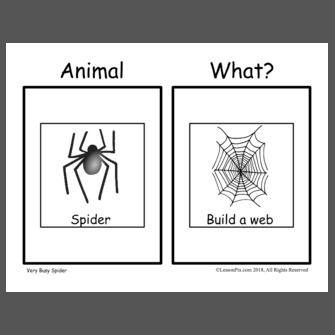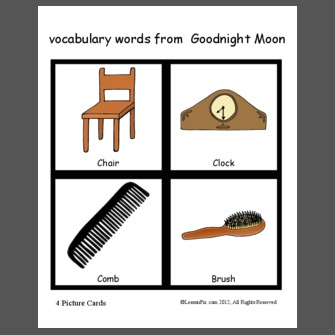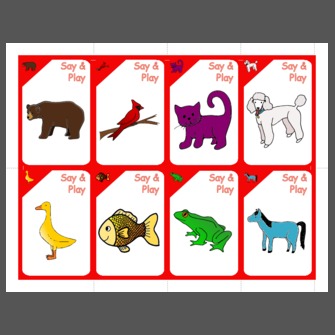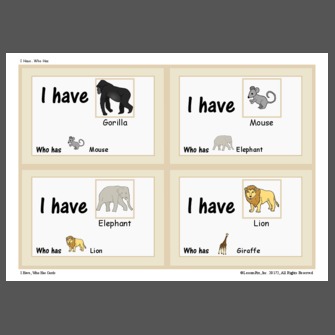
Learning with Board Books
With the arrival of a baby, comes "board books". These books have cardboard pages to be more durable for very young hands (and mouths, food, etc.). The board book is a great way to expose a young baby or toddler to storytime without worry of the baby ripping the book. Board Books are often only a few page for young attention spans.
As your toddler begins to follow stories, language skills will begin to emerge. This is a great time to start expanding board book stories by focusing on vocabulary and story concepts. You can make a simple board book story interactive by adding velcro to picture cards. By focusing on vocabulary (ie: parts of the body, animals, etc.) concepts (ie: colors, shapes, feelings, simple math), or literacy (ie: characters, setting, alternate endings), your board books can grow with your child well into their early childhood education (ages 5-6).
Here's how...
- After printing related picture cards, laminate the cards or attach them to cardboard sqaures to make the cards stronger for young fingers to manipulate.
- Add velcro on the back of each card and on the corresponding pages in the board book.
- When you and your child begin to read the book together, place all of the pictures out next to the book.
- Have your child find the corresponding picture as you read each page and place the picture card on the velcro in the book. (All four of my children loved this!) This strategy points out the specific vocabulary or concepts the book is teaching.
- When your child is familiar with the book, then have them predict the picture on the next page before turning the page.
Here's an example using "Room on the Broom" by Julia Donaldson
Some great board books include:
- The Very Busy Spider, by Eric Carle
- Goodnight Moon by Margaret Wise Brown
- Brown Bear Brown Bear by Bill Martin Jr.
- Goodnight Gorilla, by Peggy Rathmann




 Facebook
Facebook Twitter
Twitter Pinterest
Pinterest